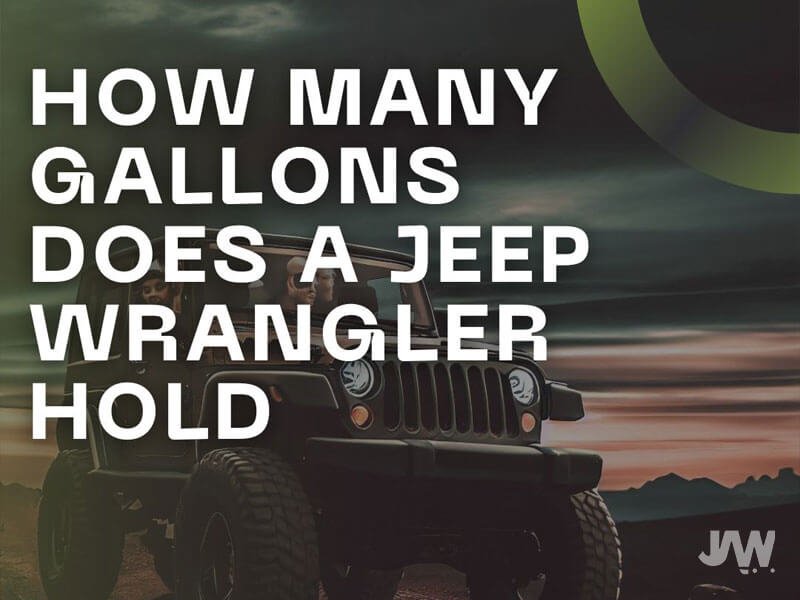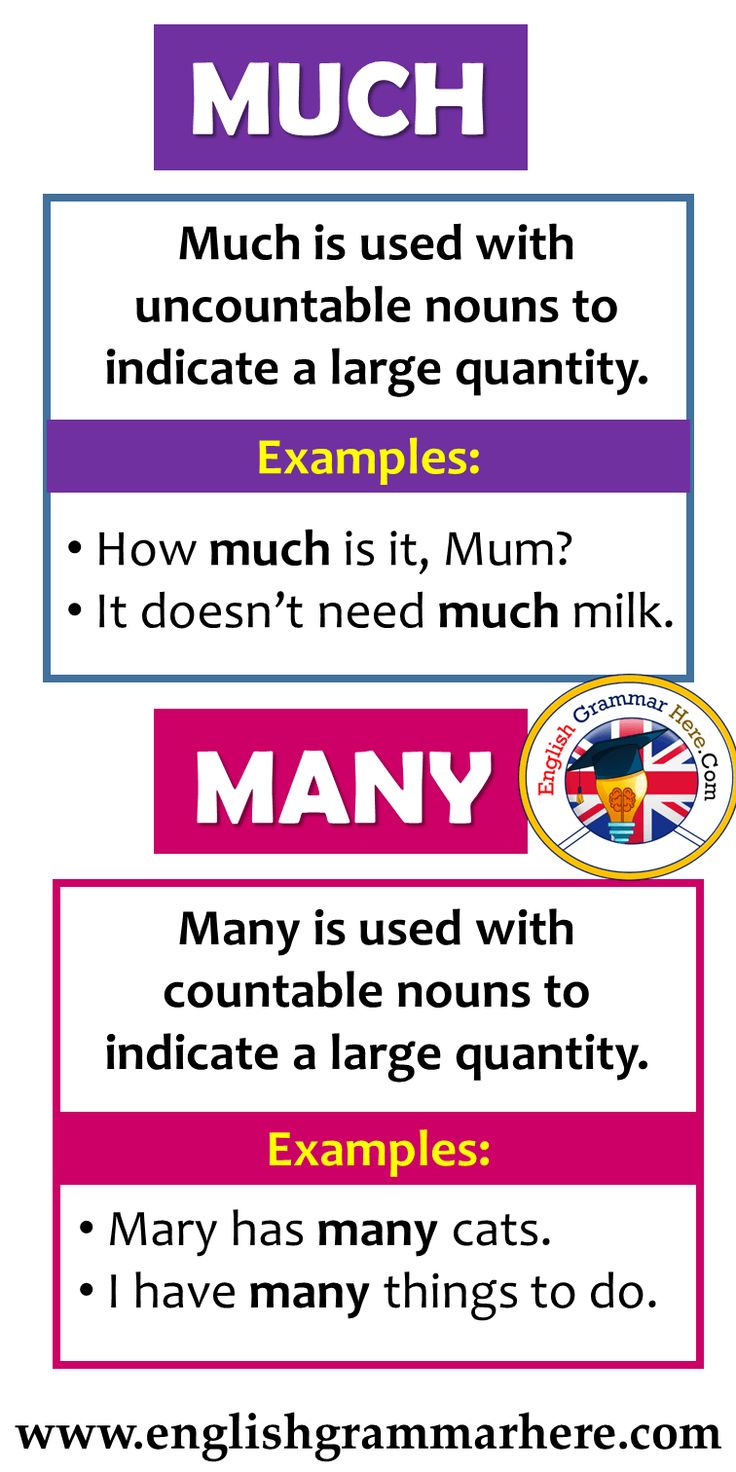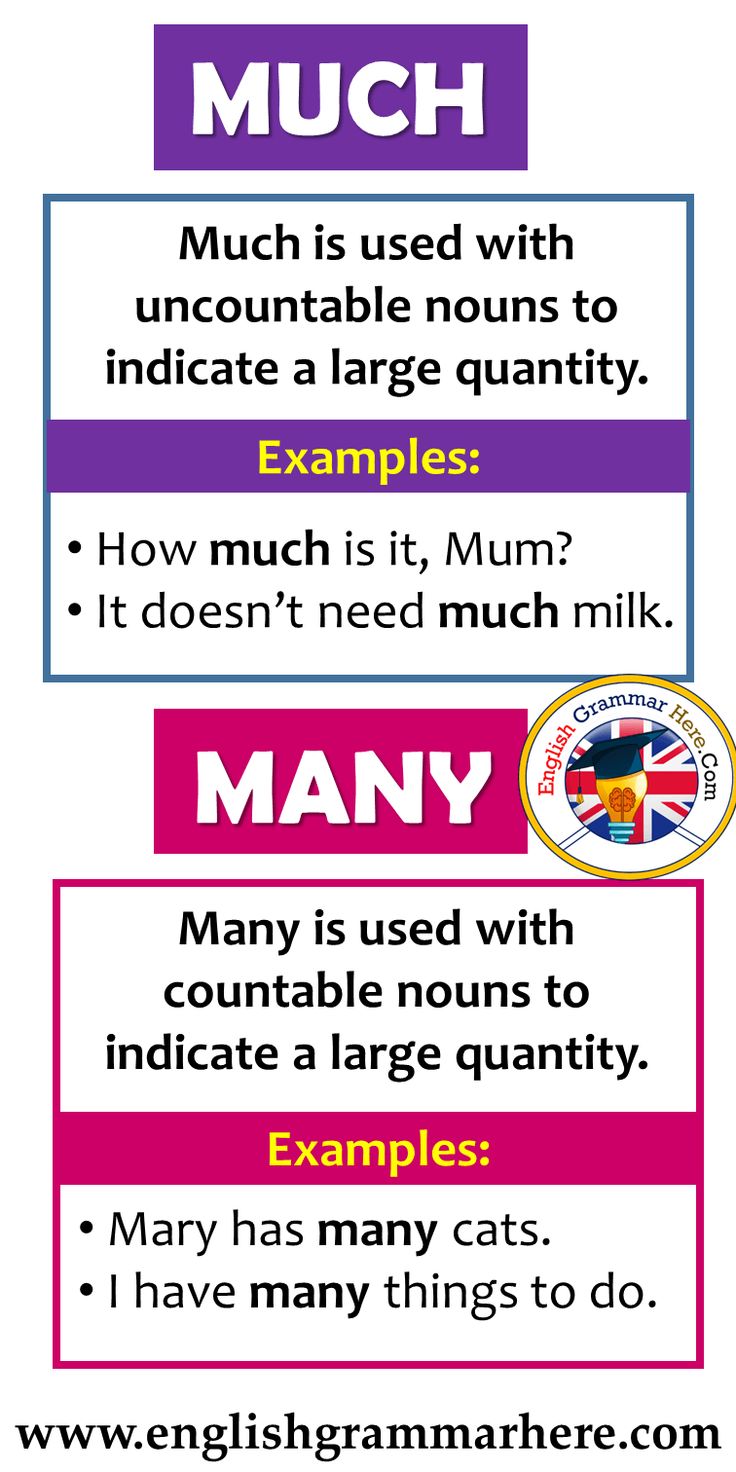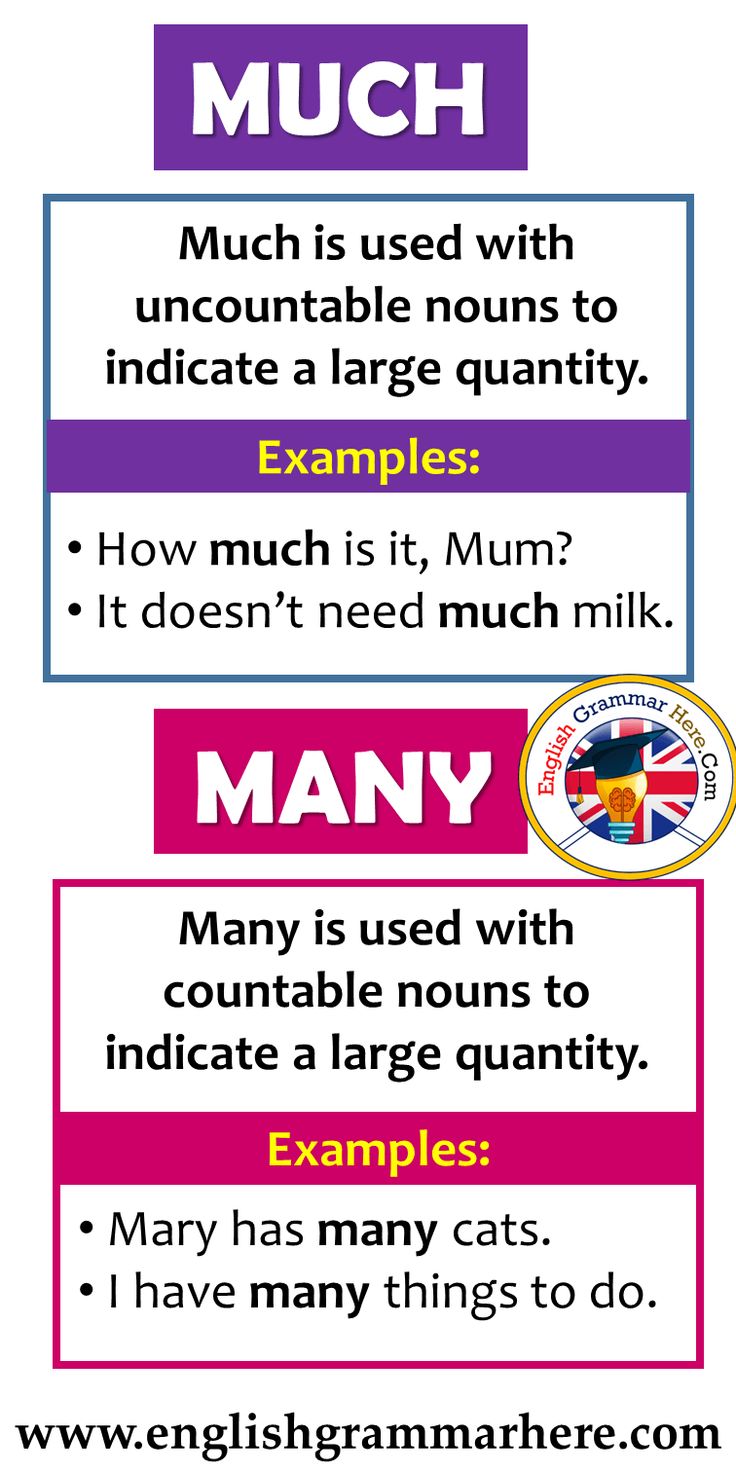How Many Gallons Does Jeep Wrangler Hold: Your Ultimate Guide to Fuel Tank Capacities
How Many Gallons Does Jeep Wrangler Hold: Your Ultimate Guide to Fuel Tank Capacities jeeps.truckstrend.com
The Jeep Wrangler. It’s more than just a vehicle; it’s a symbol of adventure, freedom, and the call of the wild. Whether you’re navigating urban jungles or conquering rugged off-road trails, understanding your Wrangler’s capabilities, especially its fuel tank capacity, is paramount. This seemingly simple piece of information holds significant implications for planning your journeys, estimating your range, and ensuring you’re never left stranded when the pavement ends.
Knowing "how many gallons does a Jeep Wrangler hold" isn’t just about trivia; it’s about practical preparedness. It directly impacts how far you can travel between fill-ups, a critical factor for long road trips, remote overlanding expeditions, or even just daily commutes. In this comprehensive guide, we’ll dive deep into the varying fuel tank capacities across different Wrangler models and generations, explore why this knowledge is so crucial, offer tips for maximizing your range, and address common questions to empower your next adventure.
How Many Gallons Does Jeep Wrangler Hold: Your Ultimate Guide to Fuel Tank Capacities
Understanding Jeep Wrangler Fuel Tank Capacities: A Model-by-Model Breakdown
The Jeep Wrangler, having evolved through several distinct generations, comes with a range of fuel tank sizes. These variations are primarily dependent on the model year and whether it’s a two-door or four-door (Unlimited) version.
1. Jeep Wrangler YJ (1987-1995):
The first generation to bear the "Wrangler" name, the YJ models typically featured a 15-gallon fuel tank. While smaller by modern standards, it was adequate for the vehicle’s intended use at the time.
2. Jeep Wrangler TJ (1997-2006):
The TJ generation saw a slight increase in capacity. Most TJ models were equipped with a 19-gallon fuel tank. This offered a welcome boost in range for enthusiasts who were beginning to push the boundaries of off-road exploration.
3. Jeep Wrangler JK (2007-2018):
The JK generation marked a significant shift with the introduction of the four-door Wrangler Unlimited, alongside the traditional two-door. This led to different tank capacities based on the body style:

- Jeep Wrangler JK (2-door): These models typically hold 18.6 gallons.
- Jeep Wrangler JK Unlimited (4-door): The larger, four-door Unlimited models were given a more substantial tank, usually holding 22.5 gallons. This was a crucial upgrade, recognizing the increased weight and passenger capacity of the longer wheelbase model, and the desire for extended range.
4. Jeep Wrangler JL (2018-Present):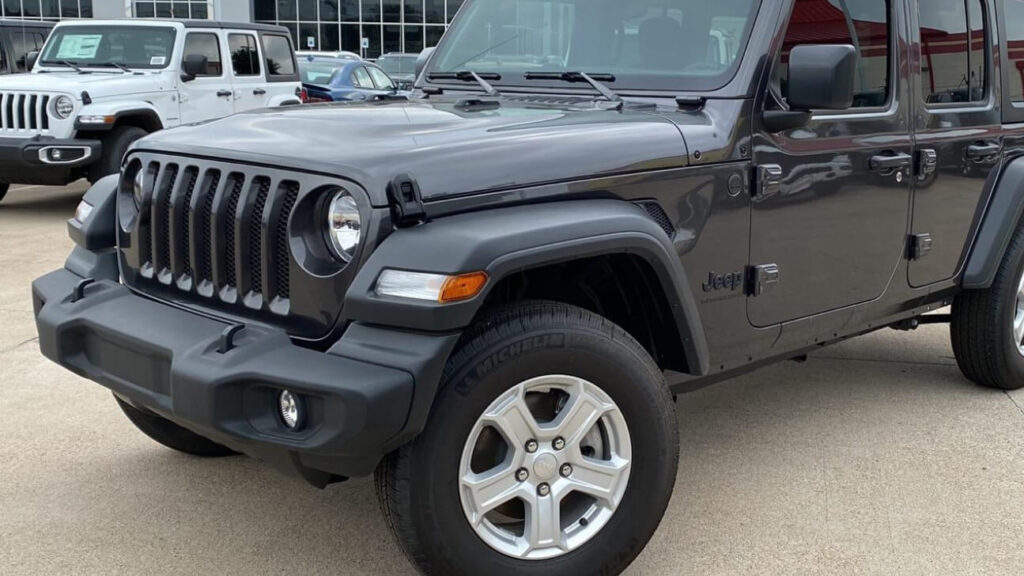
The current JL generation continues the trend of varying capacities between the two-door and four-door versions, with some minor adjustments and the introduction of hybrid powertrains.
- Jeep Wrangler JL (2-door): Similar to the JK, the two-door JL models generally have an 17.5-gallon fuel tank.
- Jeep Wrangler JL Unlimited (4-door): The four-door JL Unlimited models maintain a generous 21.5-gallon fuel tank.
- Jeep Wrangler 4xe (Plug-in Hybrid Electric Vehicle – PHEV): The innovative 4xe models, which combine a gasoline engine with an electric motor and battery pack, have a smaller gasoline fuel tank. This is because a significant portion of their range comes from electric power. The 4xe typically holds 17.2 gallons of gasoline. While the tank is smaller, the overall range is extended by the electric component, making it a unique consideration.

Summary of Capacities:
| Jeep Wrangler Generation/Model | Body Style | Approximate Fuel Tank Capacity (Gallons) |
|---|---|---|
| YJ (1987-1995) | 2-Door | 15.0 |
| TJ (1997-2006) | 2-Door | 19.0 |
| JK (2007-2018) | 2-Door | 18.6 |
| JK Unlimited (2007-2018) | 4-Door | 22.5 |
| JL (2018-Present) | 2-Door | 17.5 |
| JL Unlimited (2018-Present) | 4-Door | 21.5 |
| JL 4xe (PHEV) (2021-Present) | 4-Door | 17.2 |
Note: These figures are approximate and can vary slightly based on specific trim levels, regional specifications, and production year. Always consult your vehicle’s owner’s manual for the most accurate information.
Why Fuel Tank Capacity Matters: Range, Adventure, and Practicality
Understanding your Wrangler’s fuel tank capacity is more than just a number; it’s a key factor in maximizing your adventures and ensuring peace of mind.
- Extended Range for Off-Roading and Remote Areas: For serious off-road enthusiasts and overlanders, knowing your range is critical. When you venture far from civilization, gas stations become scarce. A larger fuel tank directly translates to more miles between fill-ups, allowing you to explore deeper into remote trails and wilderness areas without the anxiety of running dry.
- Fewer Stops on Long Road Trips: Even for highway cruising, a larger tank means fewer inconvenient stops at gas stations, saving time and maintaining momentum on extended journeys. This is particularly beneficial when traveling with family or on a tight schedule.
- Cost Efficiency and Fuel Planning: Knowing your tank size helps you budget for fuel costs. You can calculate the approximate cost to fill up and plan your fuel stops strategically, especially if you’re trying to take advantage of lower fuel prices in certain areas.
- Emergency Preparedness: In unpredictable situations, having a fuller tank provides a buffer. Whether it’s unexpected detours, heavy traffic, or even a natural disaster that makes fuel scarce, a larger capacity offers greater resilience.
- Optimizing Payload and Towing: While not directly tied to capacity, knowing how much fuel you’re carrying (and its weight) can be important for calculating your total vehicle weight, especially when towing or carrying heavy gear. Fuel adds significant weight – gasoline weighs approximately 6.1 lbs per gallon.
Practical Advice: Estimating Your Range
To estimate your Wrangler’s range, you simply multiply its fuel tank capacity by its average miles per gallon (MPG).
- Formula: Range (miles) = Fuel Tank Capacity (gallons) x Average MPG
- Example (JK Unlimited): 22.5 gallons x 17 MPG (combined) = 382.5 miles.
- Important Considerations:
- Driving Conditions: MPG varies wildly. Off-roading, heavy city traffic, high speeds, and towing will significantly reduce your actual MPG compared to highway cruising.
- Modifications: Larger tires, lift kits, heavy bumpers, winches, and roof racks all increase drag and rolling resistance, leading to lower MPG.
- Maintenance: A well-maintained engine and proper tire pressure contribute to better fuel economy.
- Fuel Type: Ensure you use the correct fuel type as specified in your owner’s manual. While most Wranglers run on regular unleaded, using the wrong type can affect performance and efficiency.
Maximizing Your Wrangler’s Range: Tips and Tricks
Getting the most out of every gallon in your Wrangler is a smart move, whether you’re on the trail or the highway.
- Maintain Proper Tire Pressure: Under-inflated tires increase rolling resistance, forcing your engine to work harder. Check your tire pressure regularly and inflate to the manufacturer’s recommended PSI (found on a sticker inside your driver’s side door jamb).
- Practice Smooth Driving Habits: Aggressive acceleration and hard braking are fuel guzzlers. Gentle starts, anticipating stops, and maintaining a steady speed will significantly improve your MPG.
- Reduce Unnecessary Weight: Every extra pound your Wrangler carries requires more fuel to move. Remove any unnecessary gear, tools, or cargo when not needed.
- Minimize Aerodynamic Drag: While a Wrangler isn’t designed for aerodynamics, you can still help. Remove roof racks, light bars, and soft tops (if you have a hard top option) when not in use. Even a soft top can create more drag than a hard top at highway speeds.
- Utilize Cruise Control: On long, flat stretches of highway, cruise control helps maintain a consistent speed, preventing unnecessary acceleration and deceleration that wastes fuel.
- Plan Your Routes: Avoid routes with excessive hills, stop-and-go traffic, or construction. Navigation apps can help you find the most fuel-efficient routes.
- Regular Vehicle Maintenance: Keep your engine tuned up, change air filters regularly, and ensure your spark plugs are in good condition. A well-maintained engine runs more efficiently.
- Avoid Excessive Idling: If you’re going to be stopped for more than a minute, it’s generally more fuel-efficient to turn off your engine than to let it idle.
Potential Challenges & Solutions:
- Running Out of Gas: The most obvious challenge. Always carry a small, approved fuel can (e.g., a Rotopax) with extra gasoline if you plan on venturing far from civilization. Ensure it’s properly secured and vented.
- Gauge Inaccuracy: Fuel gauges can be notoriously inaccurate, especially when off-roading on inclines or declines. Don’t rely solely on the gauge; track your mileage and know your vehicle’s typical MPG.
- Extreme Conditions: Deep sand, mud, and rock crawling drastically reduce MPG. Factor in significantly higher fuel consumption when planning off-road trips.
Beyond the Standard Tank: Aftermarket Solutions and Considerations
For the most extreme expeditions or those who simply crave maximum range, aftermarket fuel solutions are available.
- Auxiliary Fuel Tanks: These are separate tanks that connect to your vehicle’s existing fuel system, allowing you to carry additional fuel. They are typically mounted in unused spaces, such as under the rear cargo area or in place of a spare tire (if moved).
- Long-Range Replacement Tanks: Some manufacturers offer larger replacement fuel tanks designed to fit in the original tank’s location, offering a direct increase in capacity without adding a second tank.
Considerations for Aftermarket Tanks:
- Cost: These solutions can be expensive, ranging from several hundred to a couple of thousand dollars, plus installation.
- Weight Distribution: Adding a significant amount of fuel in a new location can alter your Wrangler’s weight distribution, potentially affecting handling, especially off-road.
- Installation: Professional installation is highly recommended to ensure proper integration with your fuel system, prevent leaks, and comply with safety regulations.
- Legality and Safety: Ensure any aftermarket tank complies with local regulations regarding fuel storage and transportation. Safety is paramount to avoid leaks, spills, or fire hazards.
- Warranty Implications: Modifying your fuel system may void parts of your vehicle’s warranty. Check with your dealer before proceeding.
Concluding Summary
Understanding "how many gallons does a Jeep Wrangler hold" is fundamental to fully embracing the adventurous spirit of this iconic vehicle. From the 15-gallon tanks of the early YJ models to the 22.5-gallon capacity of the JK Unlimited and the unique hybrid setup of the JL 4xe, each generation offers specific capabilities. This knowledge empowers you to accurately estimate your range, plan your trips more effectively, and embark on your journeys with confidence. By combining this essential information with smart driving habits and, if necessary, aftermarket solutions, you can truly unlock the full potential of your Jeep Wrangler, ensuring that the road (or trail) ahead is always open for exploration. Drive smart, drive prepared, and let your Wrangler take you further.
Frequently Asked Questions (FAQ)
Q1: Do 2-door and 4-door Wranglers have the same fuel tank size?
A1: No, generally they do not. Since the JK generation, 4-door Wrangler Unlimited models have consistently featured larger fuel tanks than their 2-door counterparts to account for their increased weight and passenger capacity. For example, a JL 2-door holds 17.5 gallons, while a JL Unlimited holds 21.5 gallons.
Q2: Does the engine type (e.g., V6, 2.0L Turbo, EcoDiesel) affect the fuel tank capacity?
A2: For gasoline-powered Wranglers within the same body style (2-door vs. 4-door), the engine type typically does not affect the fuel tank capacity. The primary exception is the Jeep Wrangler 4xe (Plug-in Hybrid), which has a slightly smaller gasoline tank (17.2 gallons) due to its integrated battery and electric powertrain.
Q3: How accurate is the Jeep Wrangler’s fuel gauge?
A3: Fuel gauges are generally quite accurate for estimating remaining fuel. However, they can be less precise when off-roading on extreme inclines or declines, as the fuel sloshing in the tank can give temporary false readings. It’s always best to track your mileage and calculate your estimated range rather than relying solely on the gauge, especially on long trips or in remote areas.
Q4: Can I increase my Wrangler’s fuel capacity?
A4: Yes, you can. Aftermarket solutions like auxiliary fuel tanks or larger replacement tanks are available. These can significantly increase your total fuel capacity, which is beneficial for extreme overlanding or remote expeditions. However, consider the cost, weight implications, professional installation requirements, and potential warranty effects.
Q5: What’s the average MPG of a Jeep Wrangler, and how does it relate to tank size?
A5: The average MPG of a Jeep Wrangler varies significantly based on the model, engine, transmission, and driving conditions.
- JL 2.0L Turbo: ~22-23 MPG combined
- JL 3.6L V6: ~19-21 MPG combined
- JL 3.0L EcoDiesel: ~22-25 MPG combined
- JL 4xe PHEV: ~20 MPG combined (gasoline only), 49 MPGe (combined electric+gas)
Your actual range is calculated by multiplying your tank capacity by your real-world average MPG. For instance, a JL Unlimited (21.5 gallons) with a 3.6L V6 averaging 20 MPG could expect a range of approximately 430 miles on a full tank. Remember that off-roading significantly reduces MPG.

